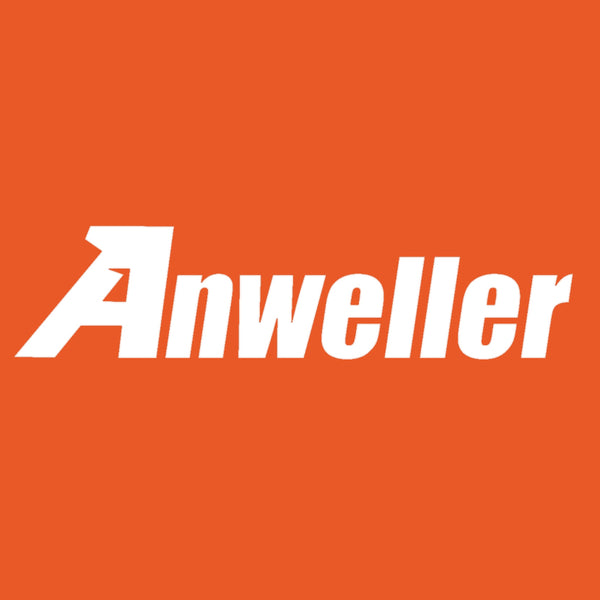Wearable vs. Non-Contact Devices Which Is Better for Newborns
Share
Newborn care demands precision,safety,and comfort.With advancements in technology, wearable and non-contact devices have emerged as popular tools for monitoring infant health. But which type is more suitable for newborns? Let’s explore their pros, cons, and ideal use cases based on current innovations and research.
1. Defining the Technologies
Wearable Devices: These include sensors embedded in socks, clothing, or diapers to track vital signs like heart rate, temperature, and oxygen saturation. Examples include smart socks (e.g., Owlet) and AI-powered clips (e.g., UniWhale®) 59.
Non-Contact Devices: These rely on cameras, radar, or optical sensors to monitor infants without physical contact. Examples include iBaby I20 (a camera-based pulse oximeter) and low-power radar systems like the Baby care device 368.
2. Key Considerations for Newborns
Accuracy and Reliability
Wearables: While convenient, wearables face challenges with motion artifacts and false alarms. For example, studies show that consumer-grade wearables like smart socks may lack medical-grade accuracy, potentially causing unnecessary anxiety for parents 4.
Non-Contact: Non-contact devices, such as the iBaby I20, use multi-dimensional imaging (e.g., chest movement and pulse wave analysis) to achieve clinical-grade precision. Trials in NICUs demonstrated an average SpO2 error margin of <4%, comparable to traditional monitors 38.
Comfort and Safety
Wearables: Prolonged use of adhesive sensors or tight-fitting wearables can irritate delicate newborn skin. For preterm infants, contact devices are linked to a 15–36% risk of skin injuries 3.
Non-Contact: These eliminate physical contact, reducing skin damage and stress. Devices like the i寶貝照護裝置 use radar to monitor breathing and heart rate through clothing, ensuring zero discomfort 6.
Practicality in Daily Use
Wearables: Ideal for continuous home monitoring, wearables like UniWhale® offer sleep tracking, predictive alerts (e.g., pre-cry detection), and personalized AI-driven care (e.g., custom lullabies) 9. However, they require regular charging and may interfere with swaddling or clothing.
Non-Contact: Non-contact solutions excel in clinical settings. For instance, the iBaby I20’s camera-based system allows parents to monitor infants remotely without disturbing their sleep. Similarly, Northwestern University’s “sound-sensing” patches provide hospital-grade lung and bowel movement tracking without wires 8.
3. Risks and Controversies
Overdiagnosis: Wearables may generate false alarms, leading to unnecessary medical visits. A 2017 JAMA study warned that healthy infants occasionally exhibit temporary vital sign fluctuations, which devices might misinterpret as emergencies 4.
Privacy and Radiation: Wearables using Bluetooth or Wi-Fi raise concerns about radiation exposure, though low-power Bluetooth 4.0 mitigates this risk. Non-contact devices avoid radiation entirely but require secure data handling to protect privacy 59.
4. The Verdict: Context Matters
For Clinical/NICU Use: Non-contact devices are superior. They minimize skin trauma, provide accurate multi-parameter monitoring, and integrate seamlessly into medical workflows (e.g., iBaby I20’s use in NICUs) 38.
For Home Care: Hybrid approaches may work best. Non-contact cameras or radar systems (e.g., i寶貝照護裝置) can handle routine monitoring, while wearables like UniWhale® add value through predictive AI features. Parents should prioritize devices validated by clinical trials and avoid over-reliance on consumer-grade wearables 469.
Future Trends
Emerging technologies aim to bridge the gap between wearables and non-contact systems. For example, Northwestern University’s wireless sound-sensing patches combine non-invasive adhesion with hospital-grade diagnostics 8, while advancements in AI promise smarter, context-aware alerts for both device types.
In conclusion, non-contact devices currently hold an edge in safety and accuracy for newborns, especially in medical settings. However, wearables with robust clinical validation can complement home care when used judiciously. Parents and caregivers should weigh these factors while consulting pediatricians to tailor solutions to their baby’s needs.
References:
①Clinical validation of non-contact SpO2 monitoring 3
②Risks of wearable devices for healthy infants 4
③Radar-based infant monitoring 6
④AI-driven wearable solutions 9
⑤Sound-sensing patches for neonatal care 8
